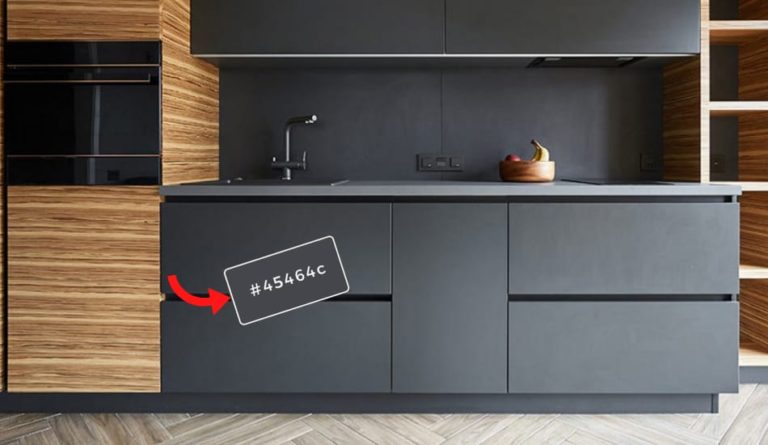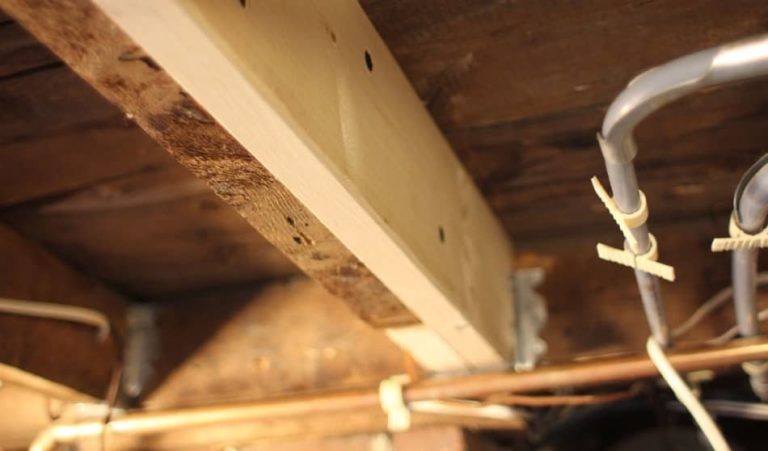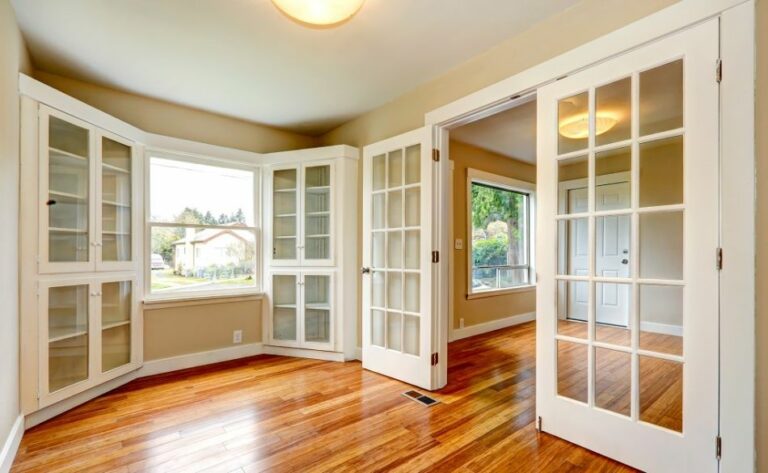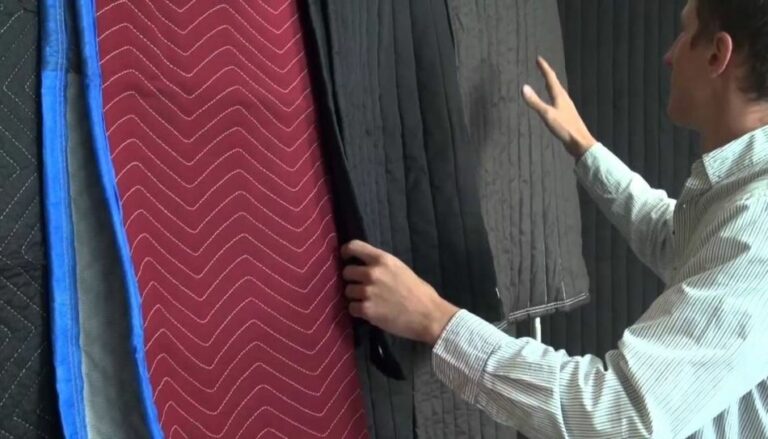How To Stop Light From Coming In Through Door?
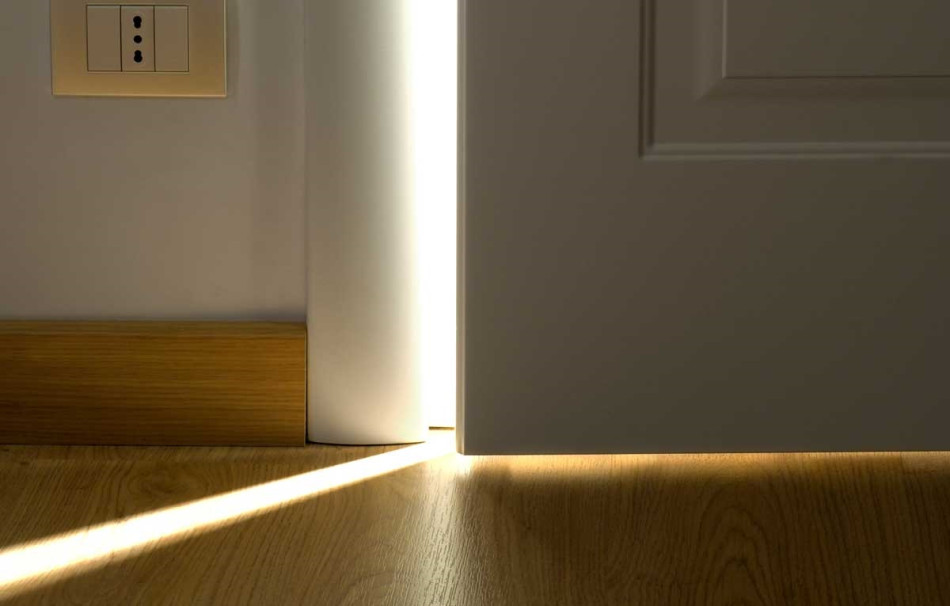
Doors are an integral part of every home, and although we don’t think about them too much, they are very important. Doors provide us with privacy, they keep the room temperature stable and most importantly, they block light from entering the room. However, some doors can let light in, which can be frustrating, especially at night, when we want to sleep undisturbed. In this article, we’ll talk about how to stop lights from entering through the door. So, let’s start!
How To Stop Light From Coming In Through Door? Methods that can be used to stop the light that is coming through the door can be done by replacing the striker plate or blocking the light with the draft stoppers, weatherstripping, or by using a door sweep. If none of these methods work, it is necessary to replace the door.
Keep in mind that there are permanent and temporary solutions on how you can solve this problem. Weatherstripping and V strips can provide a permanent solution, which can be glued to the door frame. Also, draft blockers are effective if light passes through the lower part of the door.
Covering the door with a blackout cloth is not a bad solution too. But if you need a quick fix and you want to a temporary solution, try placing a thick blanket over the door. In the rest of this article, find out how to apply these methods and which one to choose for your doors.
Table of Contents
Why Does Light Pass Through A Door?
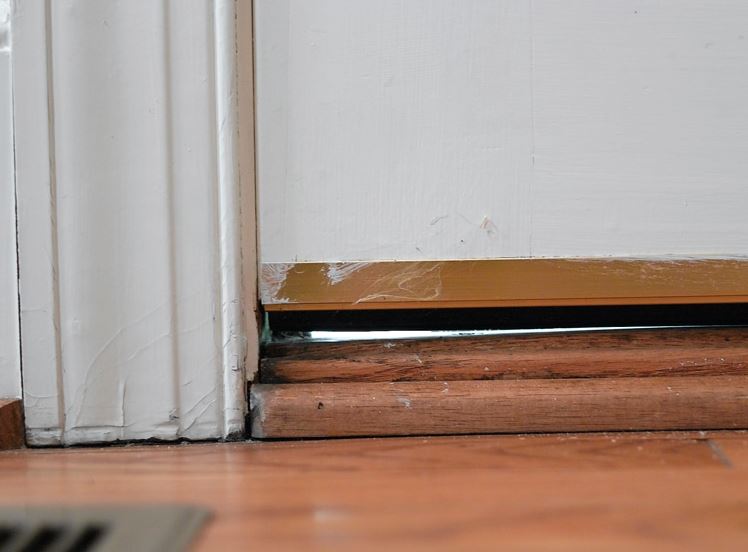
The most common reason why light passes through the door is a too large gap between the door and the door frame. Most doors have smaller gaps as an integral part of the construction, which generally does not represent a problem if it is not an entrance door. The front door should not have a gap that allows light to pass through at all because if light from your home can get outside, it means that dirt and rain can easily get inside. Here are the signs that your door might have a gap:
Damaged Weathering Strip
If it’s raining or snowing outside, and you notice a wet spot next to the front door, although no one has left the house all day, this indicates that your door has too big gaps. Fortunately, this problem can be easily solved with the help of weathering strips. Your old weathering strip needs to be replaced.
Loosen Hinges and Door Joints
When the door is letting in too much light and it starts to bother you, look around the entire door frame for an area that has a larger gap. Also, inspect the hinges, and for those with a double door, be sure to inspect the joints between the two layers.
If you have a problem sleeping in your bedroom, you might want to read What Is The Best Color For A Night Light?
How To Seal the Bottom Of A Door?
Now that we’ve gone through the most common reasons why light passes through the bottom of your doors, the solution is to seal the bottom. In this chapter, we’ll cover all the options that you can use to seal the gap and block the light from passing through the bottom of the doors.
1. V-Strips
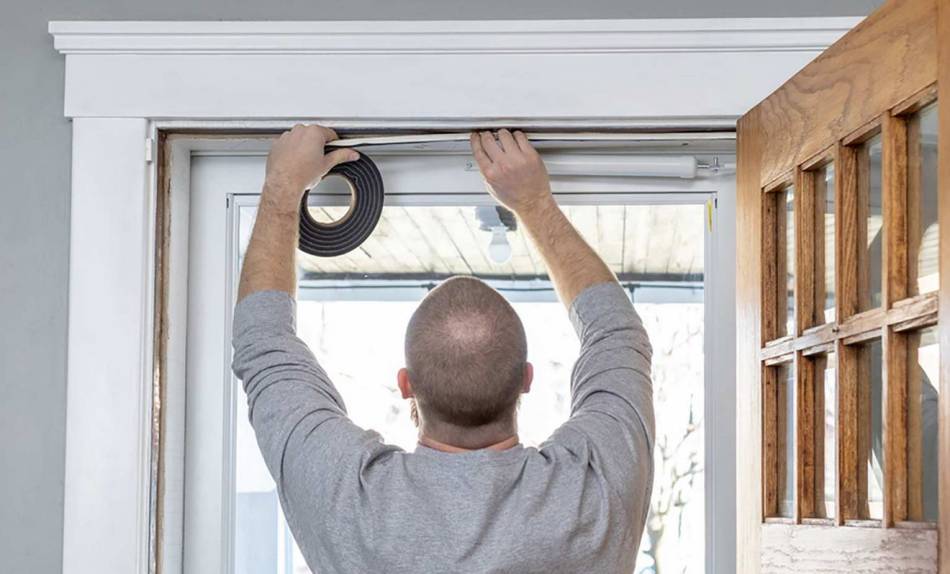
If the gaps in your door are not large, and if the only thing bothering you is the light that passes through them, a good solution is to seal up the door bottom with V-strips. These are strips similar to weatherstripping that can be purchased at any hardware store at an average price of $20.
V-stripes are made of different materials, and those made of rubber are recommended as the best because, apart from doing their job well, they are also almost invisible. V-strips are easy to install. You must press them into the gap under the door, and they will stay there.
However, you must know that V-stripes will successfully solve the problem when it comes to smaller gaps. For larger gaps, you will need to use other methods. V-stripes can successfully block light when it comes to smaller gaps, but they are not good protection against insects, dirt, and moisture in your home.
2. Velcro Door Drafter
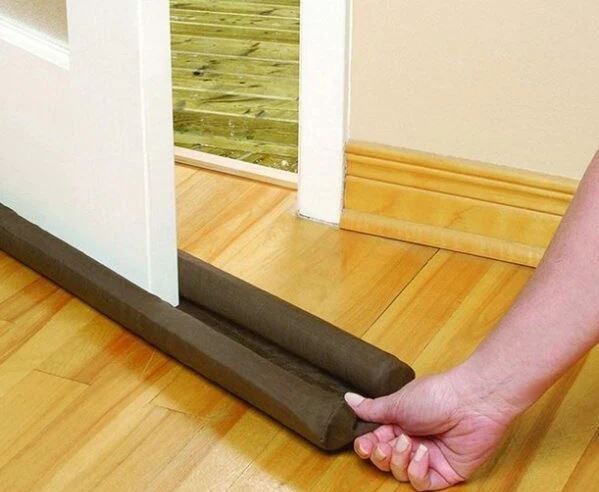
By using a Velcro door drafter, you can very effectively and easily seal up the door bottom. The first step is to measure the length of the door and then use a drafter of the appropriate dimensions. Place the roller along the gap, from the edge of the door to the floor, along its entire length.
Make sure that the part with the glue does not touch the door. When the roller has firmly sat in the gap and completely filled it, press the adhesive part firmly on the door. If you want to ensure the strength of the drafter, you can do it with the help of classic office pins.
3. Door Sweep
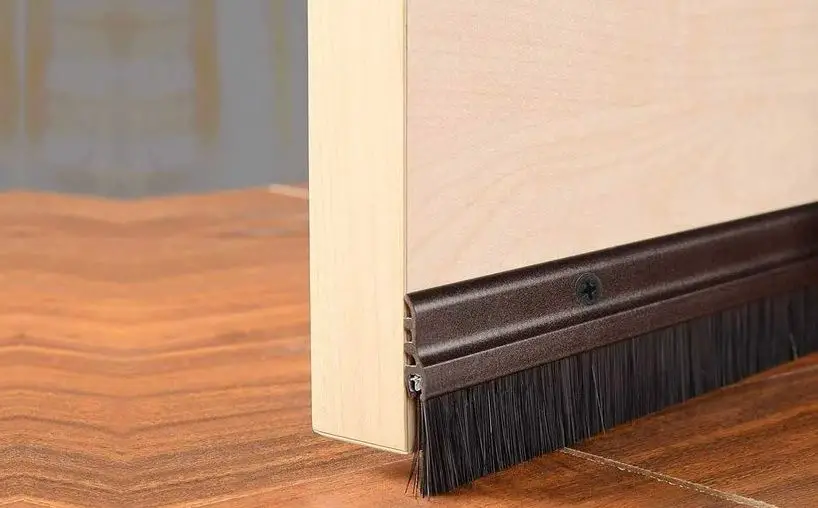
A door sweep is an option that you should consider if you want a solution that will serve you in the long run. Although there are several ways how you can add a door sweep, people most often use a model that is easily attached with the help of nails. However, you should know that it is not an easy job and requires some basic DIY knowledge.
Let’s look at the step-by-step instructions for door sweep installation:
- Measure – First, measure the length of the door inside the frame from one end to the other.
- Prepare – Mark the door sweep according to the door measurement taken earlier, and cut the appropriate piece. You will have to cut the harder parts with a saw, and you can also use scissors to cut the softer part.
- Line-up – Place the door sweep firmly against the edge of the door so that a tiny bit touches the threshold.
- Mark – When the door sweep is exactly where it should be, mark the positions for the screws.
- Drill – With the help of a drill, make holes for screws.
- Press – Place the door sweep again in the place you determined earlier. Use the screw holes for orientation. Press firmly.
- Screw – With the help of a screwdriver, place the screws firmly in the holes.
4. Door Draft Stopper
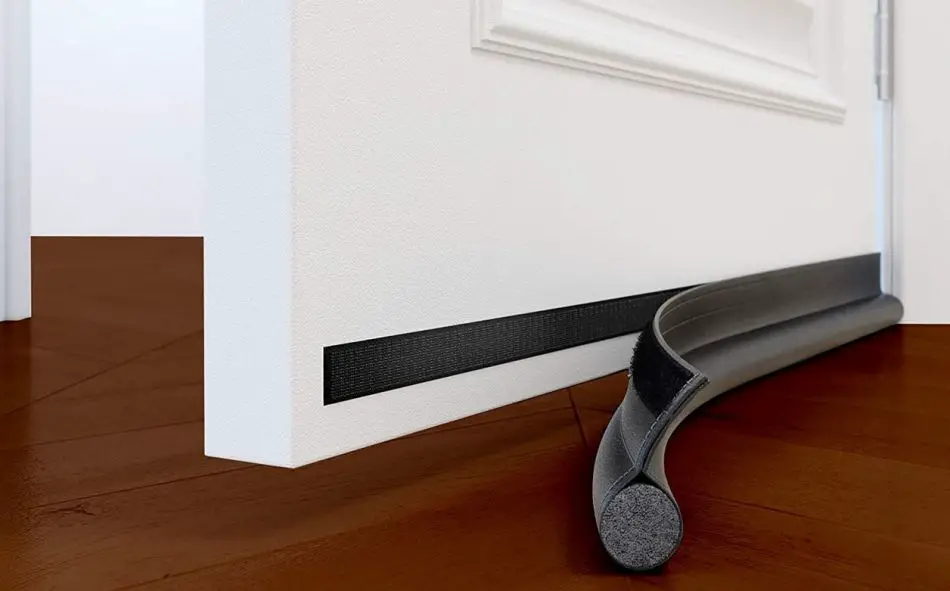
The Draft stopper is another simple but very effective solution. They can be easily installed on any door. It is only necessary to underline it under the bottom of your doors, and you are done! Door stoppers have great features that, in addition to successfully blocking light, also protect your home from other things such as dirt and water. They also help to control the room’s temperature, making them good insulators.
5. Replace the Striker Plate
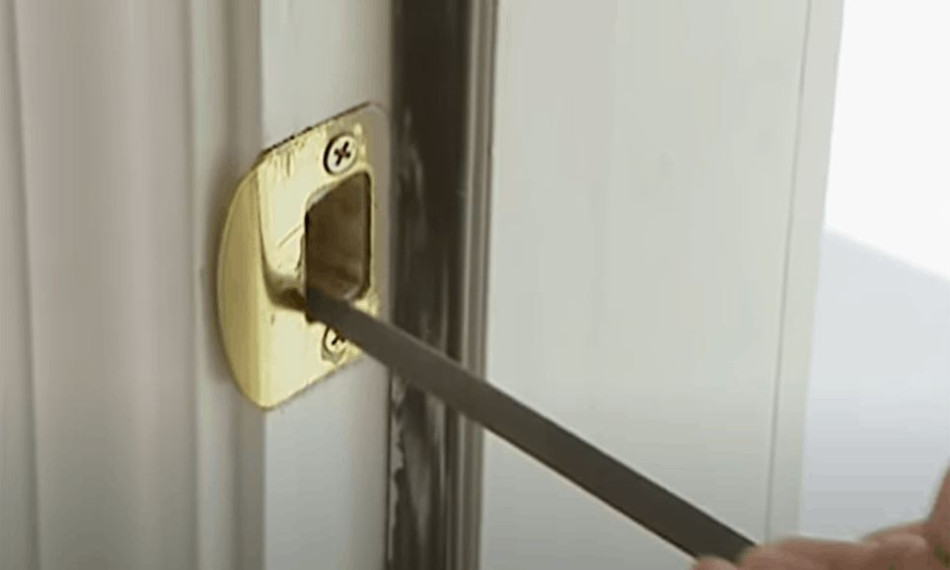
If the striker plate on your door is not properly installed or has moved from its place, gaps will be created, and light will pass through the door frame. First, check the condition of the striker plate. It is possible that it just needs to be strengthened.
However, if you decide that it is necessary to install a new one, do not worry, it is not a difficult job. With the help of a screwdriver, remove the old plate striker and then screw the new one as tightly as possible. When doing this, be careful that the plate striker sits exactly in its place. If it sticks out even a tiny bit, a gap will be created, and light will pass through it.
6. Replace the Door
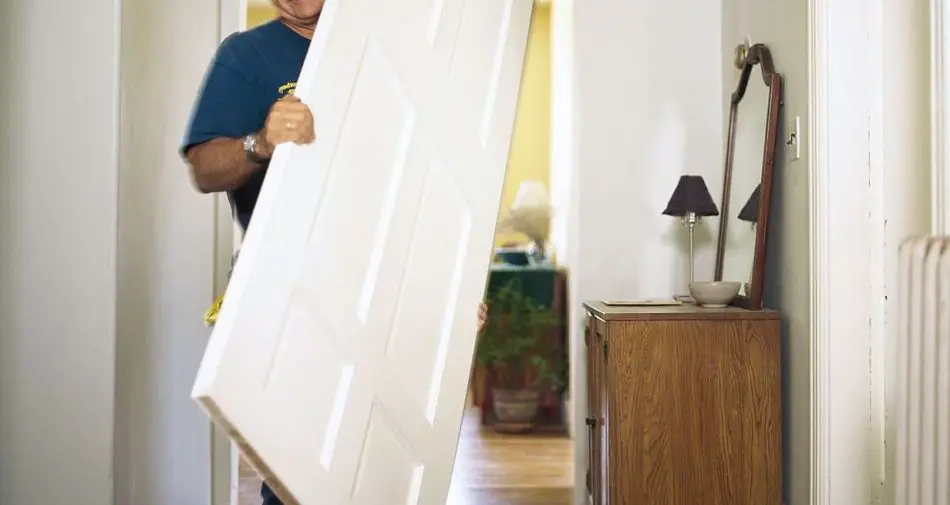
If none of the above solutions didn’t help seal the gap that is located between the door and the door frame, then you’ll need to replace your doors. Only in this way will you stop the penetration of light through the door and, at the same time, prevent heat loss.
Although it doesn’t seem like it at first glance, replacing a door is not a difficult task or an overly expensive job. You can buy a DIY set for as little as $200 to make a new door. The most important thing you have to keep in mind if you are changing the door yourself is to take accurate measurements so that the new door doesn’t let the light in!
How To Close the Gap Between the Doorframe and the Door?
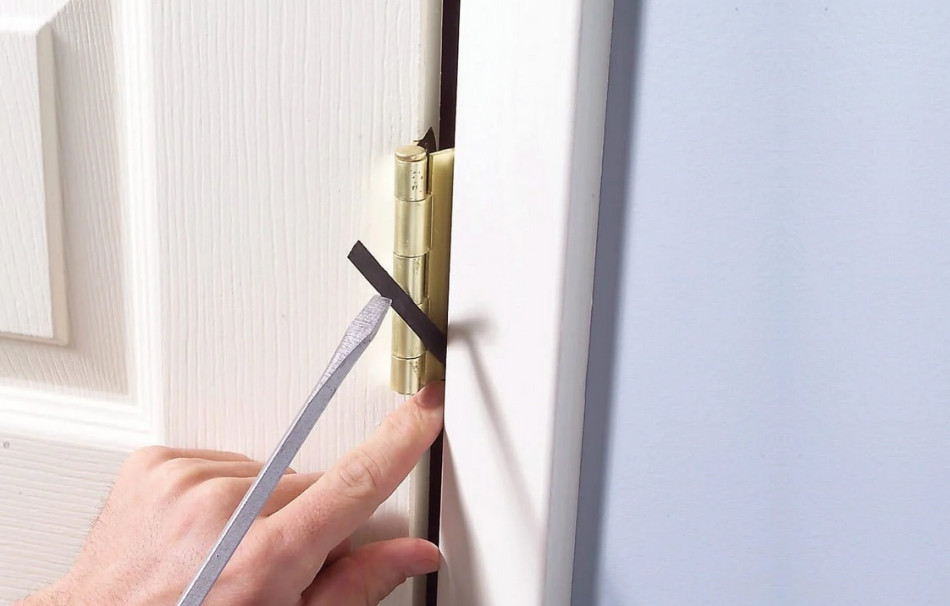
The gaps between the door and the doorframe must be filled in the appropriate order. To do this correctly, you must follow these steps.
- Cleaning: Good preparation is very important. You must remove all dirt from the door jamb.
- Measurements: It is necessary to precisely measure your area, including the sides and top of the door. The most important thing is to measure the length of your door gap between the jamb and the door, both at the bottom and the top of the door. By using this measurement, you will know how thick the weatherstripping must be. After that, you should measure the dimensions of the jamb, with the help of which you will determine the weatherstripping width.
- Tightening the Hinges: Next important step is to make sure that the door is firmly in place, that is, that the door hinge is fixed to the maximum. How to do this? Simply try to pull the door up. If you feel that they move, it means that one or both of the hinges should be clamped tighter. Do that, and you’re sure that the hinges are tightened.
- Weatherstripping: Prepare a piece of weatherstripping of appropriate dimensions according to the previously marked measurements. Place them along the door jamb and press them firmly. If you want additional insurance that the weatherstripping is properly installed, you can strengthen it with construction staples.
Note! Weatherstripping can be made of different materials. Among them, those made of rubber stand out as the best option, and those made of foam stand out as the easiest to install. You should also know that weatherstripping is available in different colors. When using them to block the light that passes through the door, it is recommended to use dark tones.
For those who want to learn more about bedroom doors, be sure to read Why Bedroom Gets Hot When Doors Are Closed?
If you want to learn more about how to fix light gaps around your doors, watch this YouTube video.
Bonus: Add Blackout Curtains To Lightproof a Room
If you do not like the above solutions and want to completely darken your room by blocking the passage of light through the bottom of your doors, you can use blackout curtains. Although this method also requires some work, it is necessary first to install the rod that will hold the curtains above the door frame.
In this case, you must know that these curtains will only stop the light passing through the door, not the sound. It is important to buy adequate curtains. Keep in mind that classic curtains usually don’t help you much because the light will find its way through them. The right choice is dense curtains placed slightly wider than the door.
Final Thoughts
The light that comes through the door is something that is not unusual. In this article, we’ve gone through quite a few examples of how you can block that light that comes through the door. Every method has its benefits, it just depends on whether you are interested in a temporary or long-term solution. I hope this article has helped you, and if you have any additional questions about this topic, feel free to comment below.


